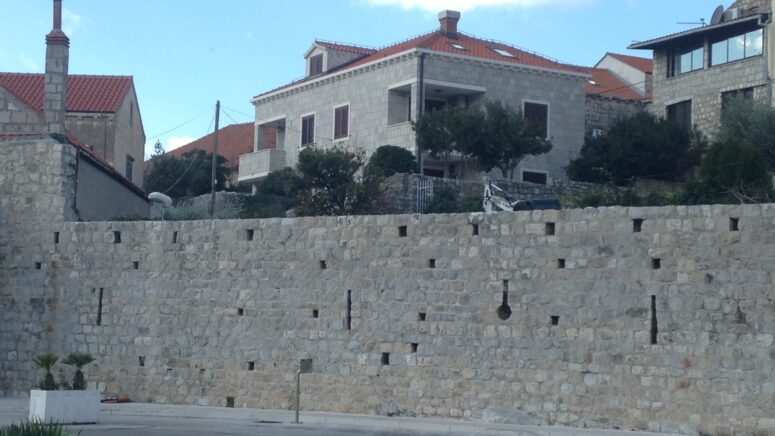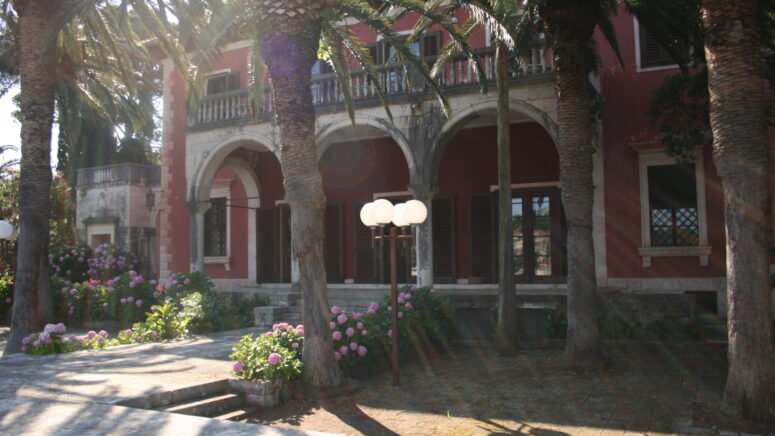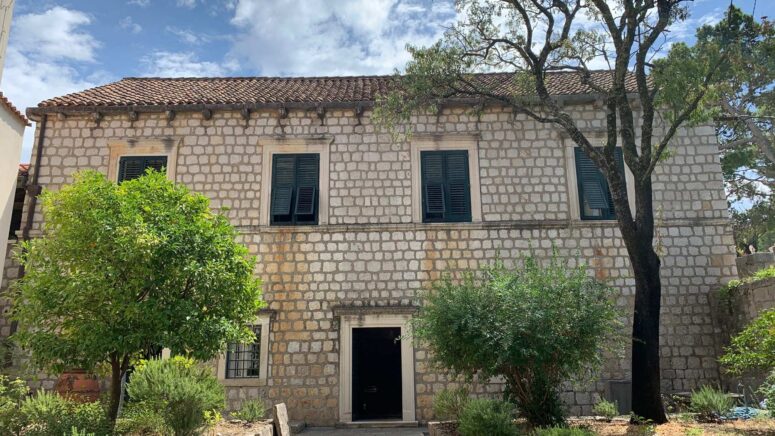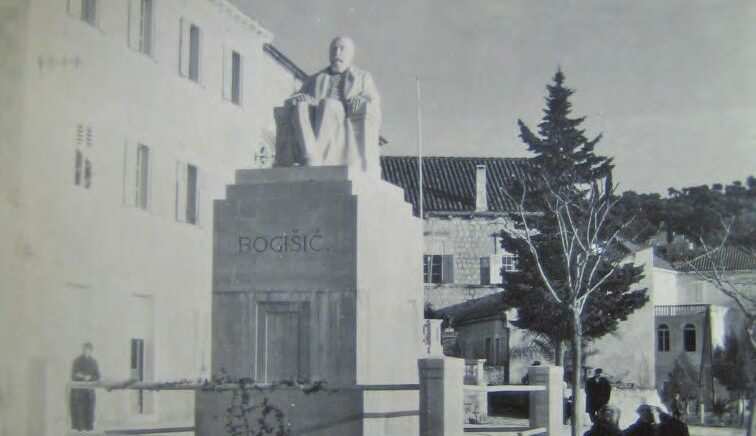The history of the urban image of Cavtat was marked by a settlement or urban structure bounded and guarded by walls since prehistoric times. The break in the aforementioned continuity is the period of the early Middle Ages, of which there is hardly any data. In the 13th century, Cavtat and Obod were part of […]
From the end of the 1920s to the end of the 1930s, three significant buildings sprung up in the Dubrovnik area in a relatively short period; these buildings would significantly affect the landscape in which they are located. The buildings in question are Villa Banac in Cavtat and two buildings in Dubrovnik – today’s Museum […]
Prior to the establishment of the Dubrovnik rule in the 15th century, Cavtat was a mostly uninhabited area at which the remains of Roman ruins could be found. The Cavtat as we know it today began taking shape after 1471, when the construction of the protective wall was completed; besides its primary function, the wall […]
Along with Pločice and Gruda, the Cavtat parish is the oldest Konavle parish following Konavle’s annexation to the Republic of Dubrovnik in the 15th century. Although no material remains have been unearthed, the evidence of the first Christian community in this area – that of the Roman Epidaurum – is found in written sources. Epidauritan […]
Following Baltazar Bogišić’s unexpected passing in Rijeka on 24th April 1908, his sister, Marija Bogišić Pohl, took care not only of his burial, but also of preserving the memory of his immense achievements in his native Cavtat. After Bogišić’s remains arrived by boat from Rijeka to Gruž, they left the Old Town port, followed by […]




